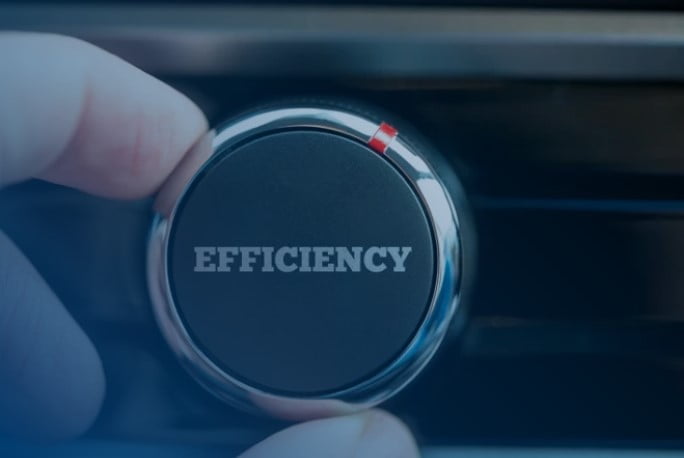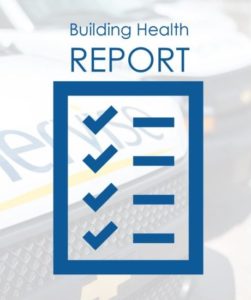For a number of years K-12 schools, along with colleges and universities, have been making some significant changes when it comes to the Heating Venting, and Air Conditioning (HVAC) systems they’re using. Increasing numbers of these institutions are moving away from traditional HVAC systems and are embracing new approaches and technologies as they replace inefficient or obsolete HVAC systems during the renovation of existing buildings.
Part of the reason for that switch is that many schools are finding it increasingly difficult (and expensive) to renovate the buildings they have using older, traditional HVAC technologies. They are opting instead for what’s called Variable Refrigerant Flow (VRF) systems that are ductless and allow for smaller wall penetrations. Because these systems have fewer components, it reduces the initial equipment costs for a retrofit. In addition, the labor charges for installation are reduced as well because VRF uses smaller refrigerant lines that are easier to install than the traditional ducts that have to run through walls in existing buildings.Click here for a quick overview of what VRF systems have to offer.
The savings, however, aren’t restricted to the installation. Because of their increased efficiency, the energy savings the new systems generate ends up paying for the additional cost of VRF over the lifecycle of the new VRF HVAC system. That’s particularly true in schools where a building runs both heating and Air Conditioning at the same time because VRF systems can heat some zones and cool others simultaneously.
According to the 2013 OFCC, Ohio facilities Construction Commission, public schools in Ohio can now consider variable Refrigerant Flow VRF systems design when planning renovation projects in their schools—as recognized and described in the Design Manual. However, because OFCC is still evaluating operations of these systems in completed schools, these systems will still require Variance Requests. You can take a look at the Design Manual Update here.
Because water-sourced VRF zoning systems combine the benefits of geothermal and VRF technology, educational buildings can have the best of both worlds. These systems are easier and more affordable to install and maintain—plus they offer tighter more individualized control, while using less energy.




